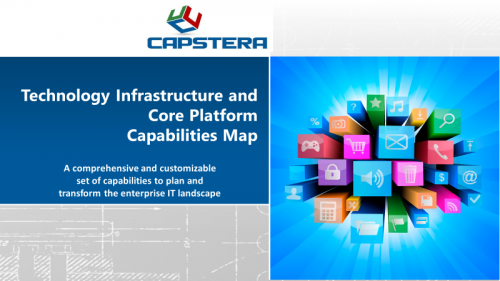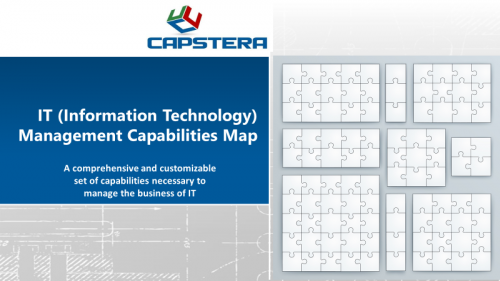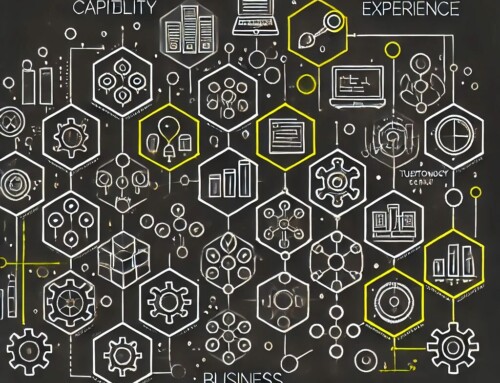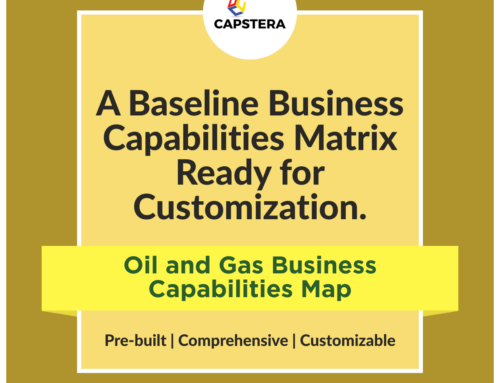
Understanding Technical Capabilities
Technical capabilities form a pivotal subset of an organization’s strategic tools, anchoring the firm’s performance and competitiveness in the dynamic digital landscape. “technical capabilities” refers to a corporation’s adeptness in leveraging technology to perform business functions and achieve strategic goals. They are the abilities to use, adapt, and create technological resources to deliver effective solutions and thereby drive the realization of business capabilities.
Technical capabilities are not just about system intricacies or the workings of technologies; they are about what technology accomplishes to realize business functions. They incorporate elements of knowledge, skills, resources, and the organization’s aptitude to integrate these to yield productive outcomes.
Technical Capabilities versus Business Capabilities
At first glance, technical capabilities and business capabilities might seem interchangeable, but their differences lie in their focus and utility. Business capabilities refer to a firm’s integrated skills and resources designed to deliver a unique value proposition or to perform a core business function. On the other hand, technical capabilities represent a subset of these broader business capabilities, focusing on the firm’s proficiency in leveraging technology to actualize these functions.
While business capabilities epitomize what an enterprise can do, technical capabilities operationalize those abilities, elucidating how technology can enable and empower business capabilities. They are similar in that both are rooted in the organization’s competencies and resources, but their relationship is more of a symbiotic nature. Technical capabilities underpin business capabilities by providing technological solutions, innovation, and digital transformation needed to achieve business goals.
-

Data Management Capabilities Map
-
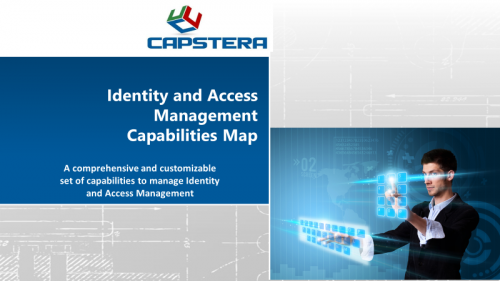
Identity and Access Management Capabilities Map
Use Cases and Benefits of Technical Capability Modeling
The process of technical capability modeling, which involves identifying, analyzing, and documenting an organization’s technical capabilities, provides a foundation for strategic decision-making. In addition, this framework offers insight into the current state of an organization’s technological proficiency and aids in visualizing potential technological improvements and investments.
- Informed Decision-Making: Technical capability modeling provides a clear and structured view of the organization’s technical strengths and weaknesses, fostering informed decision-making regarding technology investments, resource allocation, and technology roadmap planning.
- Aligning IT and Business Strategy: By correlating technical and business capabilities, this modeling process helps align the organization’s IT and business strategies, ensuring that technology serves as a genuine enabler of business goals.
- Risk Management: It facilitates a better understanding of technological dependencies and vulnerabilities, aiding in effective risk management and business continuity planning.
- Boosting Innovation and Agility: With an accurate understanding of the technical capabilities, organizations can foster innovation and improve agility, enabling rapid response to market changes and emerging trends.
Technical Capability Modeling: A Guided Approach
Technical capability modeling involves a systematic, iterative process.
- Identification: Start by identifying your current technical capabilities. Consider your organization’s technology assets, processes, and skills that contribute to your business functions.
- Analysis: Analyze these technical capabilities for their alignment with your business strategy, efficiency, and effectiveness. Understand how they interact with each other and with your business capabilities.
- Documentation: Document your technical capabilities in a structured manner. This can be in the form of a capability map, charts, or matrices that visualize your organization’s technical abilities.
- Assessment and Prioritization: Evaluate your capabilities against industry benchmarks and competitors. Prioritize them based on their alignment with your strategic goals and contribute to your competitive advantage.
- Continuous Improvement: Use this model for ongoing monitoring and management. Update the model regularly to reflect technological changes, business strategy, or market conditions.
Best Practices for Technical Capability Modeling
Technical capability modeling is a powerful strategic tool when implemented with the following best practices:
- Align with Business Strategy: The model must be aligned with the organization’s overarching business strategy to ensure the technical capabilities serve as true enablers of business goals.
- Stakeholder Engagement: Engage stakeholders across different functions, from IT to business leadership, to ensure a holistic understanding and accurate representation of the organization’s technical capabilities.
- Use Standardized Frameworks: Leverage standardized frameworks and methodologies for consistency and comparability.
- Iterative Approach: Given the rapidly evolving technological landscape, technical capability modeling should be iterative, with regular reviews and updates.
- Actionable Insights: The ultimate goal of the model should be to generate actionable insights. It should facilitate informed decision-making regarding technological investments and strategic planning.
Technical capability modeling gives organizations a structured understanding of their technological proficiency, enabling better decision-making, aligning IT and business strategy, and facilitating continuous innovation. By adhering to the best practices and leveraging the full potential of this strategic tool, technology executives can significantly enhance their organization’s competitiveness in the digital economy.
To avoid defining technical capabilities from scratch, leverage our technical capability models to jumpstart the process and accelerate time to value.
-

Data Management Capabilities Map
-

Identity and Access Management Capabilities Map

